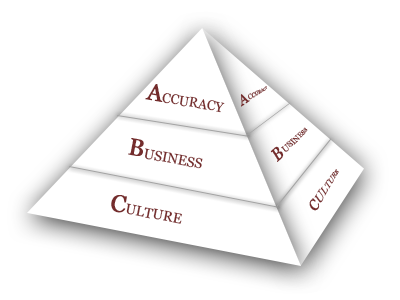ABC’s of Palliative Care
ACCURACY
Are you tired of staying late because of sloppy documentation techniques? Are you frustrated by the documentation habits of others?
Excellence in Interprofessional Palliative Care Documentation
In palliative care, documentation is at the heart of our communications. You may think your documentation techniques are good enough, but documentation is about excellence.
Solution: This self-paced course provides quick, discipline-specific as well as team-focused strategies for ensuring that your documentation facilitates communication and supports great relationships within the team and with your referral sources.
BUSINESS
Is your palliative care program creating value? Do you know that what you are doing with palliative care might be losing you money?
The Business Case for Palliative Care
Palliative care improves clinical outcomes at lower costs. Even so, everyone needs to understand local practices and outcomes when making program-development decisions.
“Palliative care programs are increasingly prevalent in US hospitals, but the financial incentives for hospitals to deploy them are not well understood,” Ian M. McCarthy, PhD, assistant professor of economics at Emory University, said in a press release. “Palliative care programs have proven highly effective at addressing a wide range of needs felt by patients and their families.”1
Solution: This four-hour, self-paced course can help with all these critical tasks. Designed to orient clinical and administrative leaders to the concepts that inform the business case for palliative care, it introduces the analyses that can be used to assess the impact of existing programs and identify growth opportunities for hospital, clinic, and home-based palliative care services.
CULTURE
Are you aware of the distinct cultural differences in your patient population? What you don’t know may be costing you or hurting your organization.
Culturally Competent Palliative Care for Latinos
Latinos are the fastest growing segment of the American population. “Since 1970, the Latino population has increased sixfold, from 9.1 million to 53 million by 2012. It is projected to grow to 129 million by 2060, according to the latest projections from the U.S. Census Bureau (2012).”
As palliative care access expands and more effectively reaches a growing Hispanic population, recognizing cultural differences will become even more important.
Solution: If your hospice or palliative care program is serving a Latino community, you understand the challenge of reaching those who could most benefit by your services. This self-paced course will present you with an understanding of culturally sensitive palliative care in every interaction you have with Latino patients.




